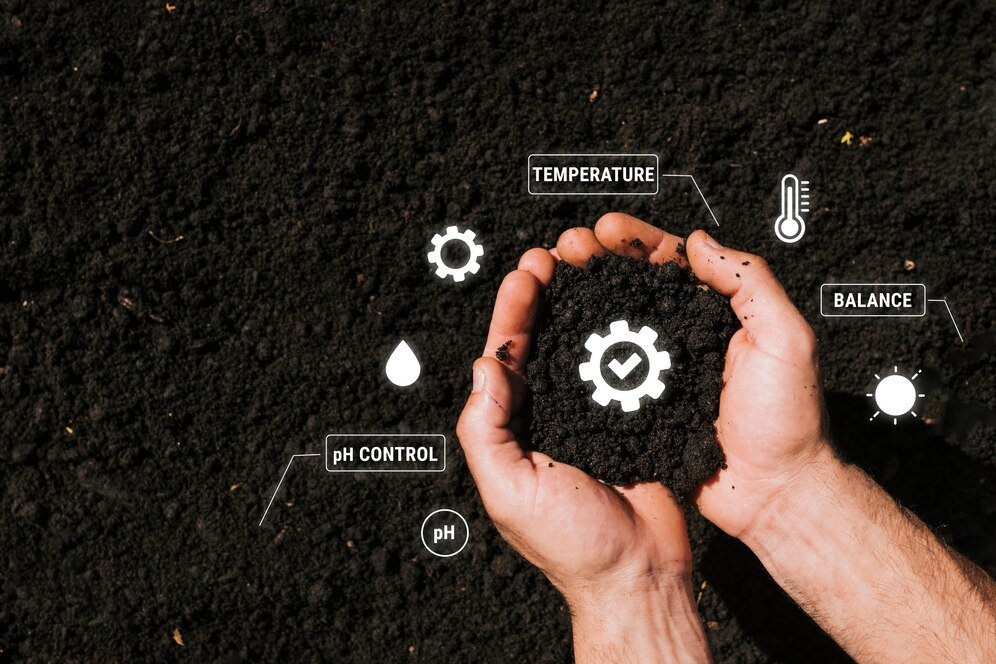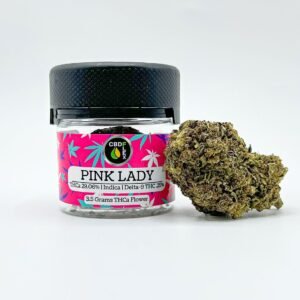How Climate and Soil Affect Hemp Quality: A Deep Dive into Environmental Impact
Hemp, a versatile and sustainable crop, has seen a surge in popularity due to its use in textiles, food, supplements, and especially CBD…
Table of contents
Hemp, a versatile and sustainable crop, has seen a surge in popularity due to its use in textiles, food, supplements, and especially CBD products such as cbd roll on for pain or CBD Gummies. But not all hemp is created equal. The quality of hemp—its cannabinoid content, terpene profile, and overall yield—is heavily influenced by environmental conditions. Two of the most crucial factors? Climate and soil. In this guide, we’ll explore how climate and soil affect hemp quality and what growers and consumers need to know to ensure a superior product.
Understanding Hemp Cultivation Basics
Before diving into the impact of environmental factors, it’s essential to understand the basics of hemp growth. Hemp is a bioaccumulator, meaning it absorbs nutrients—and toxins—from the soil. It also responds dramatically to the weather, temperature, sunlight, and moisture levels. This makes hemp incredibly adaptable but also highly sensitive to its growing environment.
How Does Soil Affect Hemp Quality?
Soil Affect is the foundation of any agricultural endeavor, but with hemp, its importance is amplified. The type, condition, and treatment of soil can directly influence the plant’s growth cycle and cannabinoid profile.
1. Nutrient Composition
Hemp requires well-balanced nutrients—especially nitrogen, phosphorus, and potassium—to thrive. Soil Affect that is too rich in one nutrient or lacking another can lead to poor growth or altered cannabinoid levels. High-quality soil ensures that hemp plants can develop strong roots, healthy foliage, and optimal CBD or fiber yields.
2. Soil pH Levels
The pH of the soil affects nutrient availability. Hemp grows best in slightly acidic to neutral soils (pH 6.0–7.5). Soils that are too acidic or alkaline can block essential nutrients, stunt growth, and reduce CBD production.
3. Drainage and Texture
Well-draining loamy soils are ideal for hemp. Poor drainage can lead to root rot and fungal infections, while overly sandy soils might not retain the nutrients or moisture hemp needs. Soil Affect texture also influences temperature and root development, both of which impact cannabinoid synthesis.
4. Microbial Health
Healthy soil is alive with beneficial microbes that help break down organic matter and support plant immunity. A diverse microbial ecosystem can increase hemp’s resistance to disease and boost terpene production.
5. Contaminants and Heavy Metals
Because hemp is a bioaccumulator, it readily absorbs toxins like heavy metals, pesticides, and herbicides from the Soil Affect. This is a major concern for hemp grown in contaminated areas. Clean, organic-certified soil leads to purer, safer hemp products.
How Does Climate Impact Hemp Quality?
Just as soil affects the roots, climate influences everything above ground. The right climate can enhance hemp’s growth and resin production, while poor conditions can damage or stress the plants.
1. Temperature Range
Hemp thrives in moderate temperatures—ideally between 60°F and 80°F (15°C to 27°C). Excessive heat or frost can stress the plants, reducing flower development and cannabinoid levels.
2. Sunlight Exposure
Hemp is a photoperiod-sensitive plant. It requires long days of sunlight during the vegetative stage and shorter days to trigger flowering. Locations with consistent sunlight help the plant grow bushy and strong, while low-light regions can result in spindly, less potent crops.
3. Humidity and Moisture
Humidity must be balanced. High humidity can lead to mold and mildew, especially during the flowering stage. Too little humidity and moisture can cause drought stress, negatively impacting yield and quality. Proper irrigation and ventilation systems can help manage this.
4. Altitude and Wind
Higher altitudes and wind exposure can impact trichome (resin gland) production. Some growers believe mild stress from wind or cooler nights can boost terpene and cannabinoid development, but extreme conditions are generally harmful.
5. Season Length
Hemp has a growing season of about 100 to 120 days. In climates with short summers or early frosts, farmers may struggle to get a full crop cycle. In contrast, longer seasons allow for more mature plants and higher-quality outputs.
Maximizing Hemp Quality: Best Practices
To ensure hemp reaches its full potential, growers should:
- Conduct soil tests before planting.
- Use compost and organic amendments to enrich the soil.
- Maintain proper irrigation and drainage systems.
- Monitor weather patterns and adapt with greenhouses or row covers.
- Select hemp strains best suited to their local climate and soil conditions.
5 FAQs About Climate and Soil Affecting Hemp

1. How do I know if my soil is good for hemp?
Start by testing your soil’s pH, nutrient levels, and contaminants. Ideal hemp soil is loamy, slightly acidic to neutral, well-draining, and rich in organic matter.
2. Can hemp be grown in cold climates?
Yes, but it’s important to choose fast-flowering strains and start planting after the last frost. Cold climates with short seasons may limit plant maturity and reduce yield.
3. Does poor soil mean poor CBD quality?
Yes. Soil affects the plant’s ability to absorb nutrients and develop cannabinoids. Contaminated or nutrient-poor soil will likely result in lower-quality CBD.
4. What role does altitude play in hemp quality?
Altitude can influence sunlight exposure, temperature swings, and air quality. Moderate altitudes with cooler nights may help increase resin and terpene production.
5. Can I improve poor soil for hemp cultivation?
Yes. You can amend soil with compost, cover crops, and organic fertilizers to boost its health and nutrient levels. Regular soil testing helps track improvements over time.
Conclusion
When it comes to growing premium hemp, understanding how soil affects quality—and how climate plays a supporting role—is essential. Whether you’re a cultivator or a conscious consumer, recognizing the connection between environment and hemp quality can lead to better farming decisions and superior CBD products.
From nutrient-rich, contaminant-free Soil Affect to favorable climate conditions, every detail matters in producing hemp that’s potent, pure, and effective. With the right knowledge and practices, it’s possible to cultivate hemp that stands out for all the right reasons.







